Experience the joy of a vibrant green indoor space, all year round!
As an obsessive plant parent who will force you to fawn over a new leaf on one of my plant babies or look at pictures of their summer blooms, I can say one thing with certainty: there’s nothing more relaxing than growing and caring for plants (I’ll defend till my last breath, seriously!). My little indoor garden is my very own off-campus Zen Zone. There’s something so uplifting about vibrant green plants to keep you company through a grey winter, and then blossoming together as summer, with its long sunny days, approaches.
Besides being aesthetically pleasing, growing plants can have significant benefits, according to many studies. One study found that just viewing plants reduced stress, fear, anger and sadness, as well as reduced blood pressure, pulse rate and muscle tension. What’s more, many hospitals have adopted mini-gardens, green spaces and indoor plants because it was found to even reduce post-operative stress and recovery.
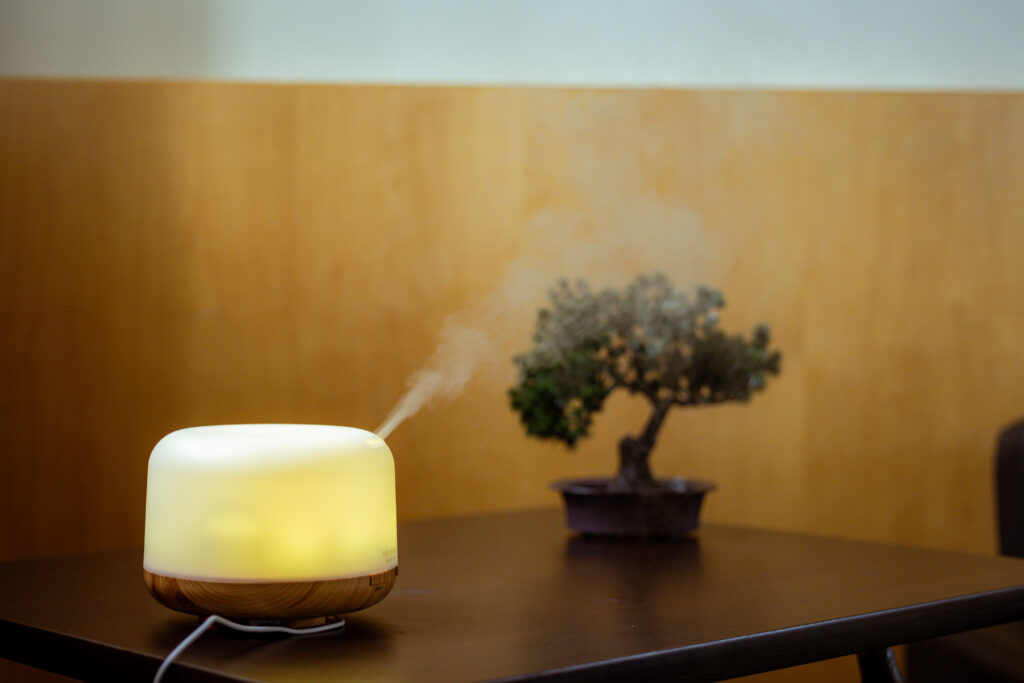
Using this reasoning, I’ve talked many friends into getting indoor plants. However, a majority of them have managed to kill perfectly healthy, low-effort and hardy plants in mere weeks (clearly I need to reconsider these friendships.) After many outraged conversations about the martyrdom of these plants, I realized their well-meaning care was in fact too much care that eventually spelt doom for their plants. Yes, too much care can kill your plants.

To improve the survival of all your plant babies, give you a chance to discover the pure joy of seeing something you nurture bloom and grow, and most importantly, derive Zen and wellbeing through plants, I’ve compiled this handy list of do’s and don’ts for all aspiring plant parents.
Don’t water them too frequently
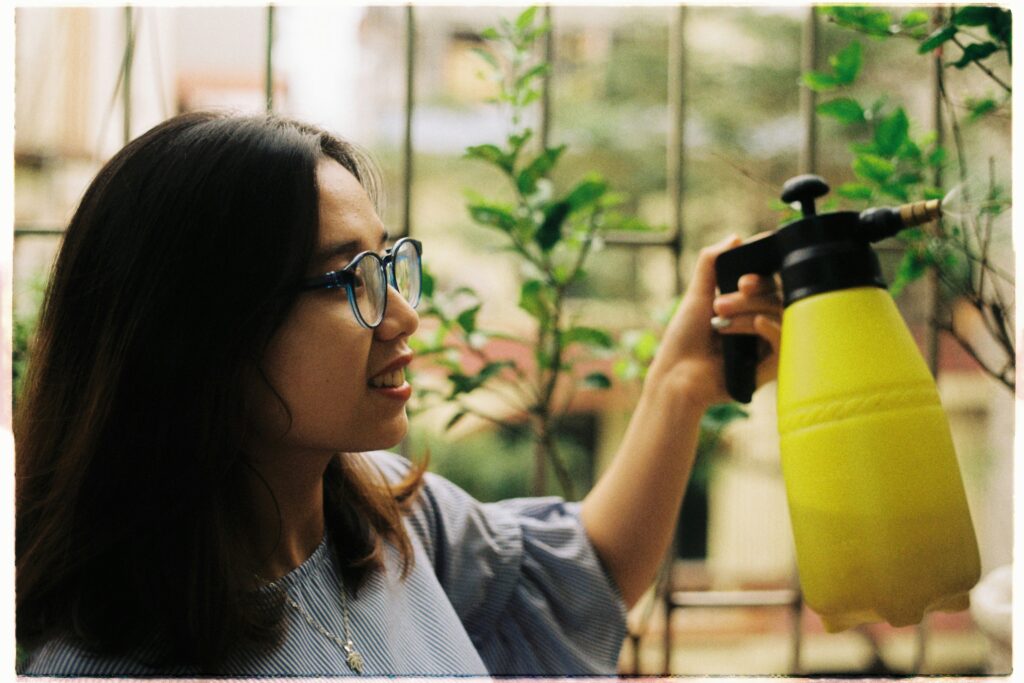
The most common rookie mistake is assuming plants need water like we need food. However, plants are incredibly efficient at absorbing and storing water, and what’s more, indoor plants don’t lose water at the rate their wild counterparts do. In my experience, watering your indoor plants once a week in the summer and once every fortnight in winter is a good bet. Another tip is a quick soil check – dig your finger an inch into the soil; don’t water if it’s still damp. Furthermore, if your plant is not in direct sunlight or near a heating vent, you can likely go even longer than two weeks without watering.
Location, location, location!
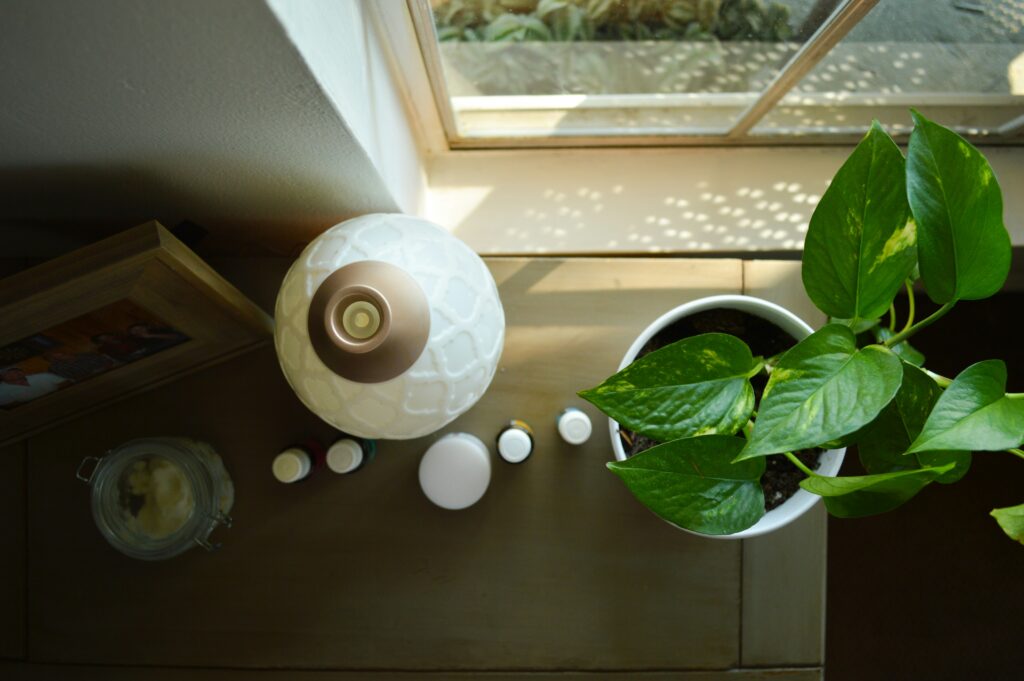
Much like retail and real estate, location will influence your plant’s success. Plants thrive near windows and other brightly lit areas like under spotlights or a desk lamp. However, if you like placing a plant in a relatively darker spot, you should ensure to periodically rotate its spot to a sunny area. While this may sound like work, it’s worth it (trust me!). Signs of a plant that’s not getting enough light includes slow growth, leaves falling off and browning or yellowing on the tips of your leaves.
Artificial lights work too
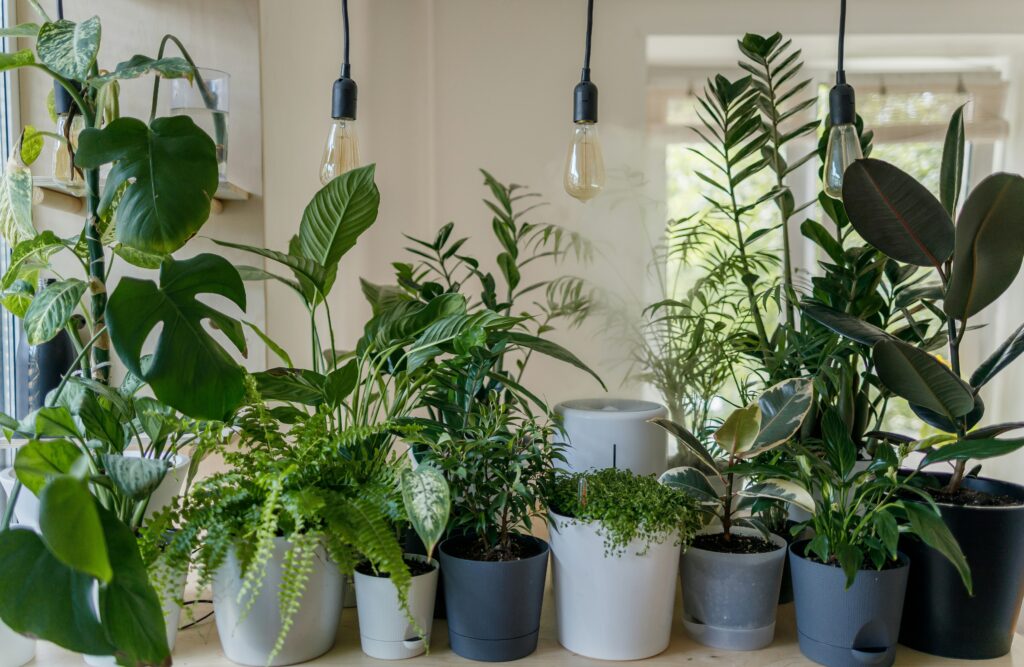
If you live in the basement and are giving up on your plants, listen up! Plants can do remarkably well under artificial light. My living room has no natural light (student budget life…) but my plants are thriving thanks to a floor light that I’ve pointed directly at them that I turn on in the evenings. A regular floor lamp will be sufficient to help your plants, as long as the bulb is exposed. If you want to get really invested, you can even purchase pendant lights and attach them from the ceiling. That said, as a new plant parent, a desk lamp or floor lamp is your best bet!
Timing matters!
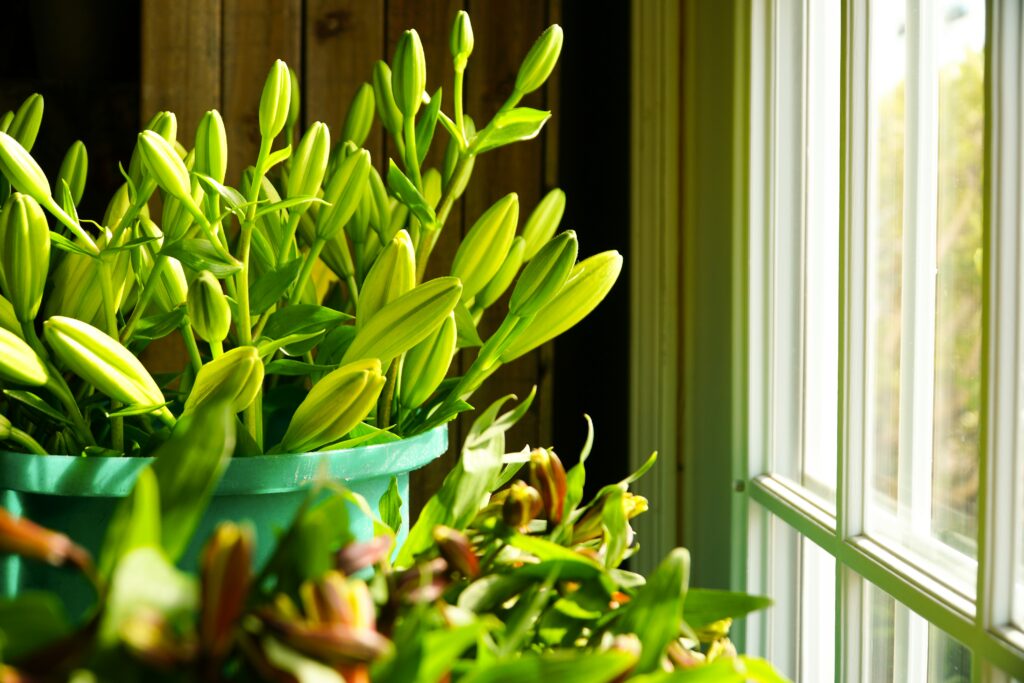
As a rookie plant parent, set yourself up for success: start during summer! In the summer, you’ll see fast growth and a more robust plant that you will get used to caring for. Once winter hits, the training wheels come off, but you’ll have already gotten into the groove of weekly or bi-weekly watering and identified the correct spot. What’s more, you’ll also know what a healthy, sun-kissed plant looks like! That will come handy during winter, when you’ll have to keep an eye out for yellowing/shedding leaves or stalled growth. Additionally, most plants bloom during summer, so you’ll get countless chances to capture those delicate blooms for your social media.
Small cacti are easier
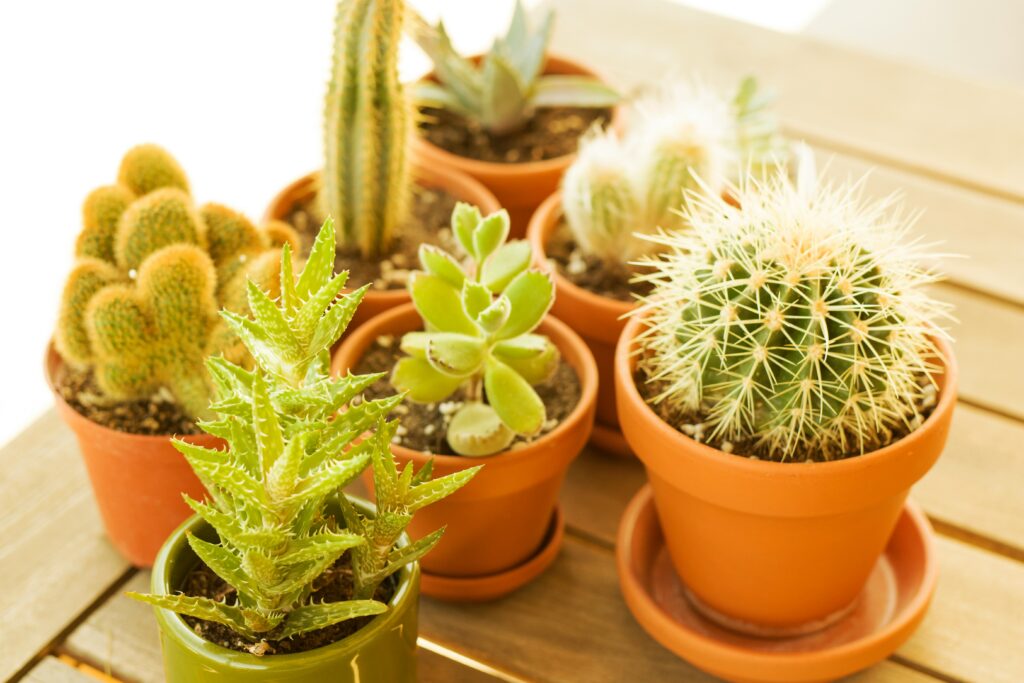
Are you feeling more confident with these tips? If you are, that’s great! However, if you’re eyeing that giant Monstera or swooning over a leggy Fiddle Leaf Fig (my favourites), I’d advise against it. While large bushy plants look great, they often need more frequent and careful watering and annual repotting to replenish nutrients. Instead, start small. For example, small cacti make excellent plants for beginners. You can place plants under a simple desk light, usually need water every other week and are easy to move around. They are also cheaper than large plants, making it a good option to do a trial run.
With these tips in mind, are you ready to adopt your first plant baby? Go forth, I say, and seize the day (or planters, in this case). Embrace the opportunity to cultivate life, find solace in the greenery around you, and experience the immense mental health benefits of plant parenthood. And remember, even if you end up sending your first or second plant to the afterlife, don’t fret. It’s all a part of the process, and you’ll always get another chance!
Feature photo by Jackie DiLorenzo on Unsplash.
Looking to add more Zen into your life? Check out these cool tips to turn your living space into a hub of positivity and good energy!
Follow us on Facebook, Instagram and TikTok for all things student life.
